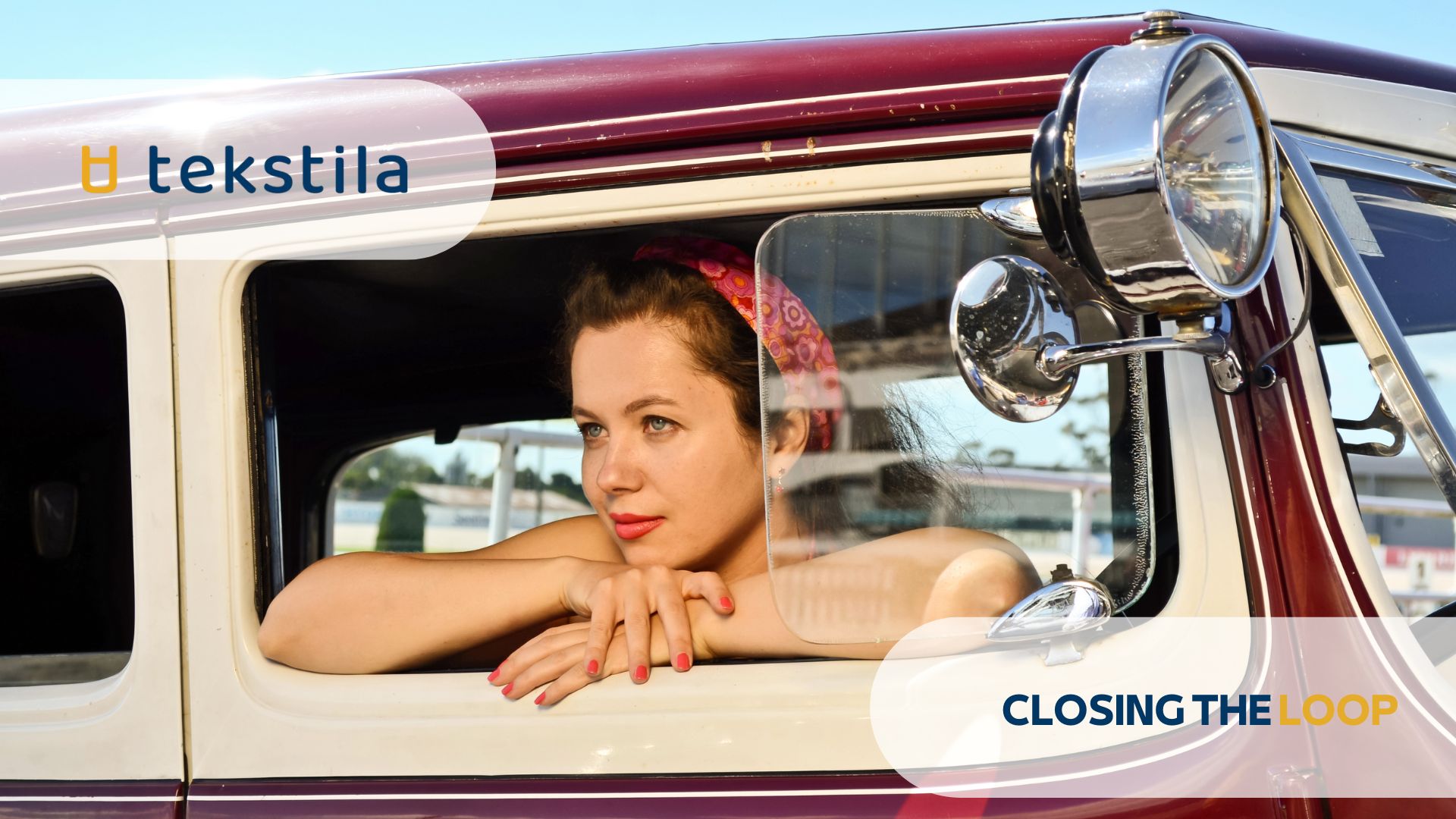The rise of vintage fashion isn’t just a trend; it’s a shift in consumer values toward sustainability and enduring quality. Vintage fashion offers a refreshing alternative to fast fashion, inviting buyers to invest in pieces that carry history and character.
The Allure of Uniqueness and Authenticity
In a world where personal expression is celebrated, vintage fashion offers something special—unique pieces that allow people to stand out. Vintage garments often carry their own stories. Providing the wearer with items that are distinct from the uniformity of modern fast-fashion cycles. Consumers are increasingly drawn to clothing that feels personal and meaningful. Embracing vintage as a way to make a bold, individual statement.
Sustainability and the Circular Fashion Model
As environmental concerns grow, many consumers are turning to vintage fashion as a sustainable choice. Vintage clothing directly supports a circular economy by extending the life of garments and reducing waste. Rather than fueling the demand for new production—which requires raw materials, water, and energy—vintage purchases contribute to conserving resources. For those who are eco-conscious, vintage fashion allows them to balance style with responsible shopping, contributing to a more sustainable fashion industry.
Superior Craftsmanship and Quality
Many vintage items come from eras when clothing was designed to last, offering materials and craftsmanship that are often superior to fast-fashion alternatives. Vintage clothing is known for its durability, with careful tailoring and fabric quality that has stood the test of time. This appeal to quality attracts consumers looking for items that will not only complement their style but also provide long-lasting value, creating a wardrobe that combines timelessness with resilience.
Growing Demand for Vintage in Retail
Retailers are responding to the rising demand for vintage by offering curated pre-owned and vintage-inspired collections. This approach not only meets consumer demand but also aligns with brands’ sustainable development goals, creating a mutually beneficial model. Many stores are integrating vintage selections and offering unique upcycled pieces, connecting past styles with contemporary tastes. This movement toward vintage reflects an industry-wide push toward more sustainable practices and mindful consumerism.
The Future of Vintage Fashion
The growing appeal of vintage fashion signals an exciting future for the industry. As consumers continue to prioritize sustainability, quality, and unique styles, vintage clothing offers a meaningful way to curate a wardrobe aligned with personal values. This trend encourages a more thoughtful approach to shopping, with each purchase contributing to a sustainable industry while adding value to one’s personal style.
Vintage fashion will likely remain a strong influence, driven by consumer demand for sustainable and one-of-a-kind fashion options. Embracing vintage is about more than nostalgia. It’s a lifestyle choice that champions circularity, individuality. And conscious consumption.
For more insights into why vintage, read the full article in Fashion United.
Discover the latest news for the fashion stocks business in our blog.

